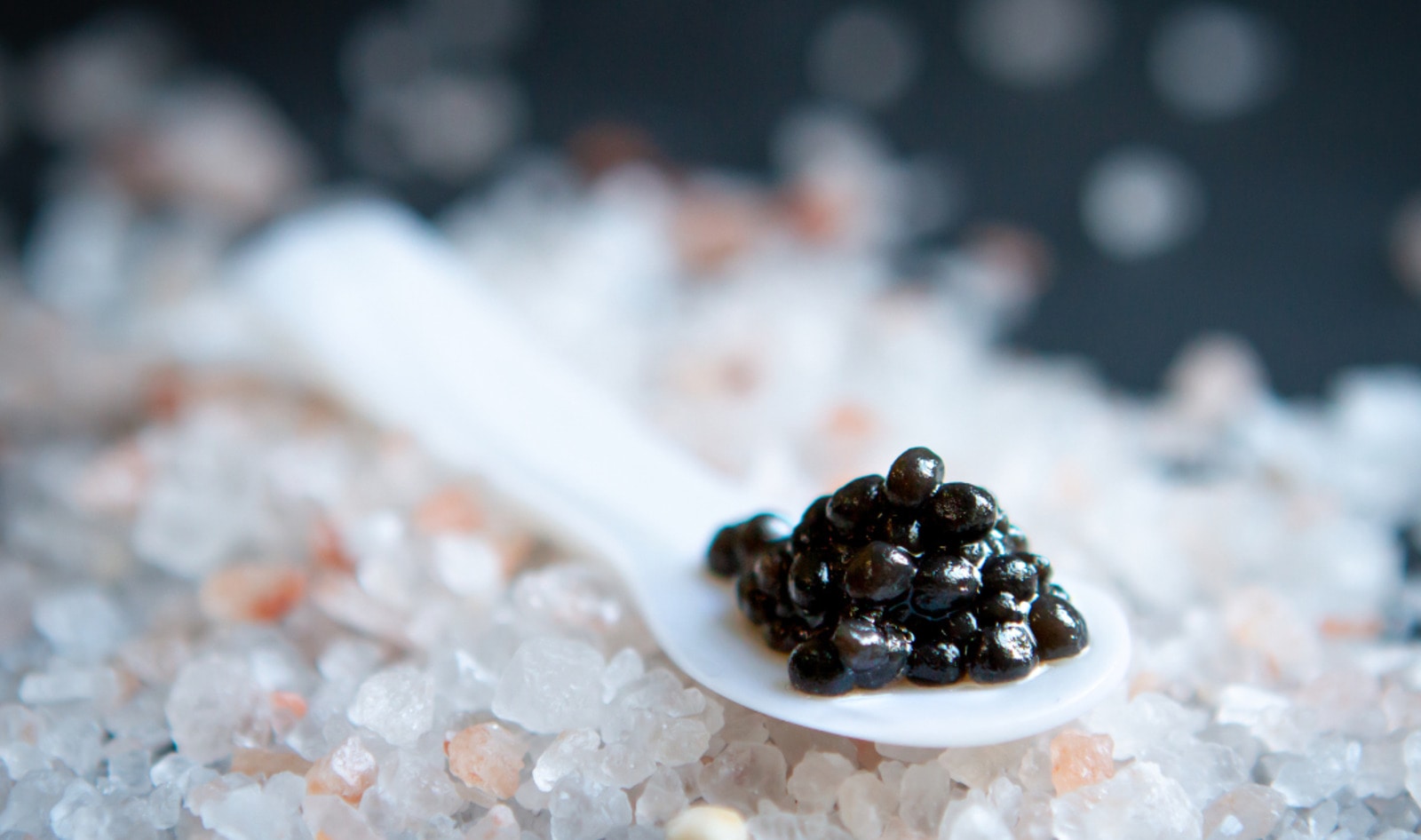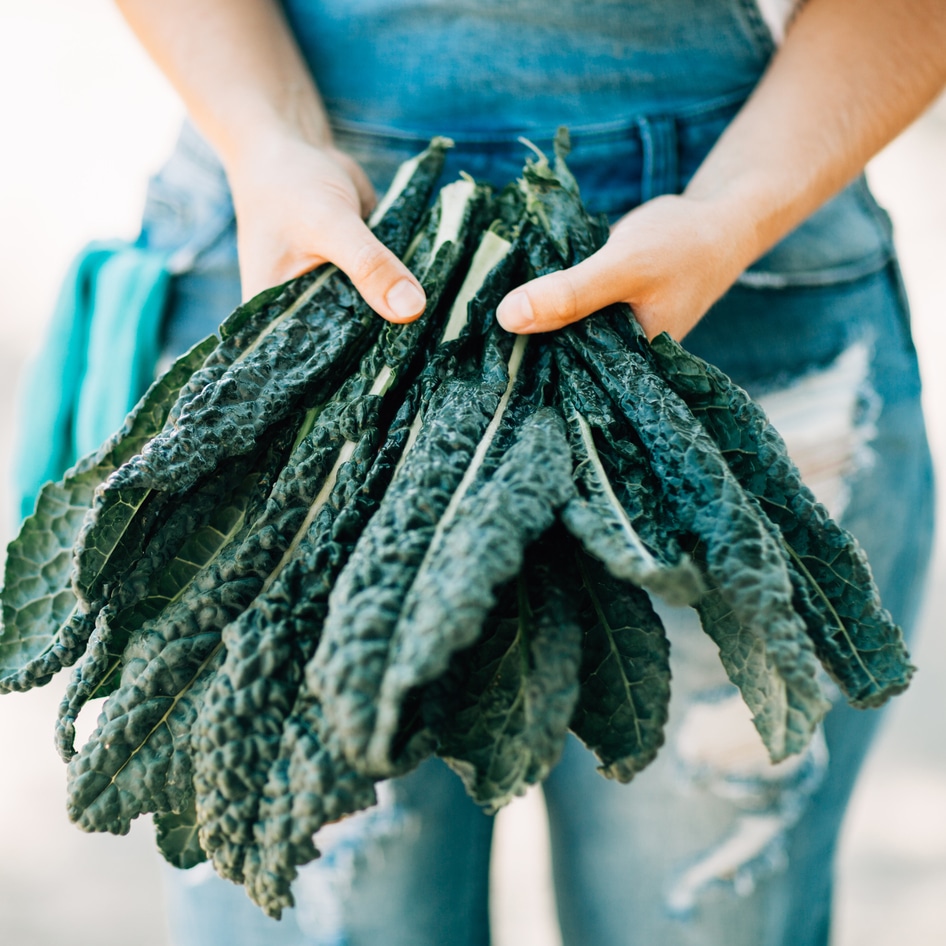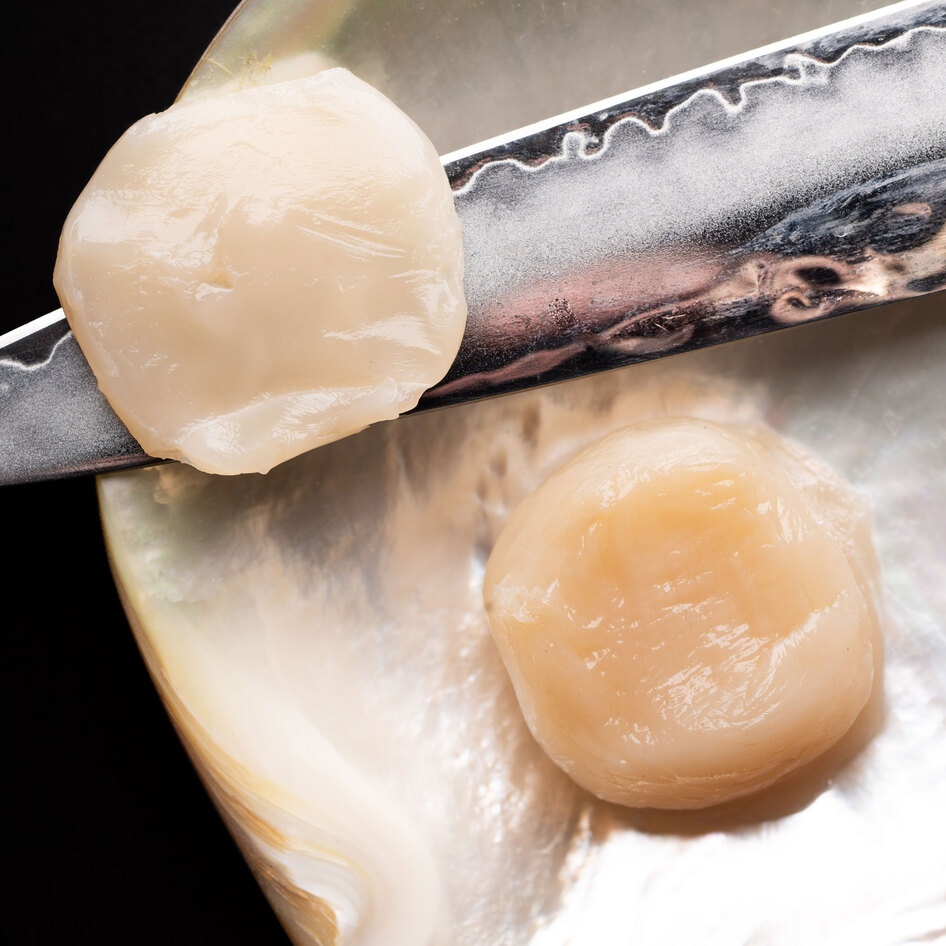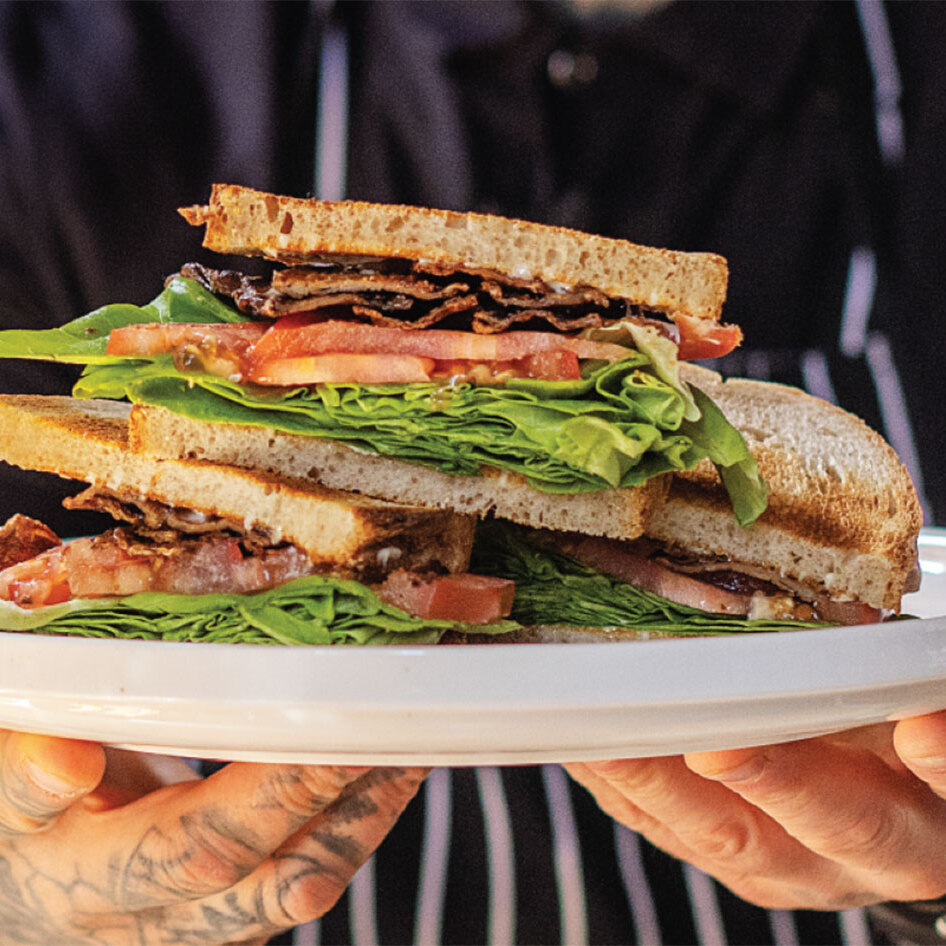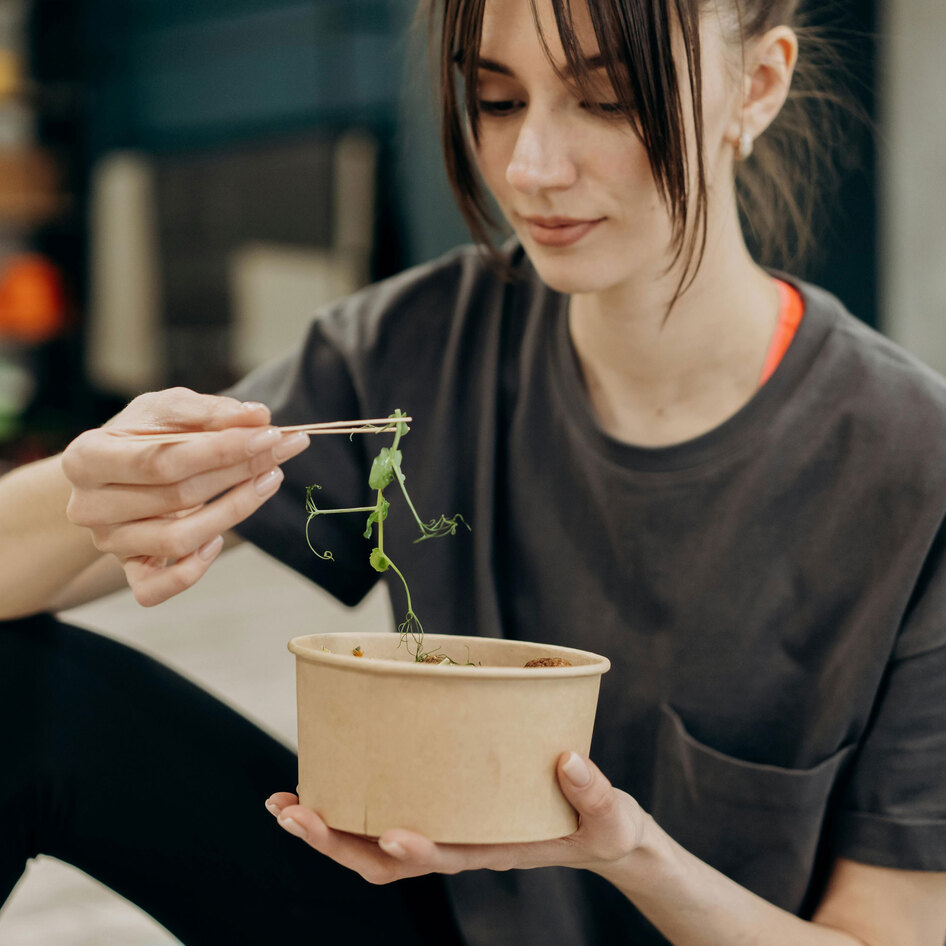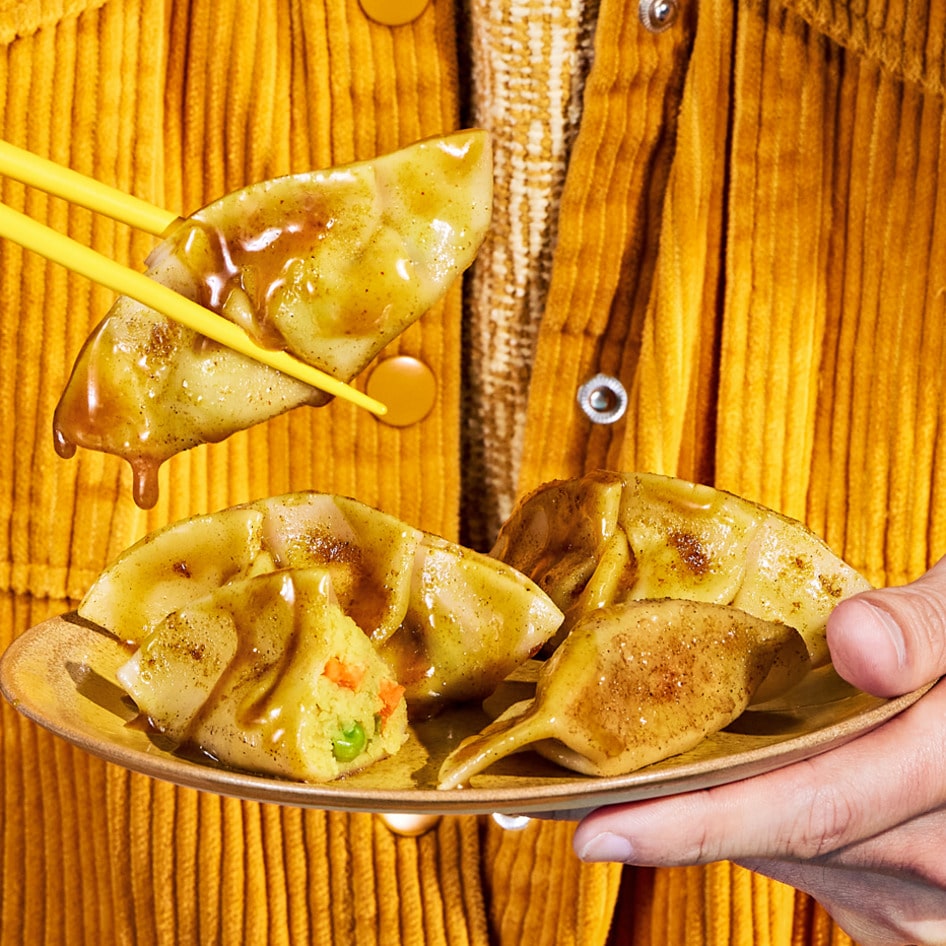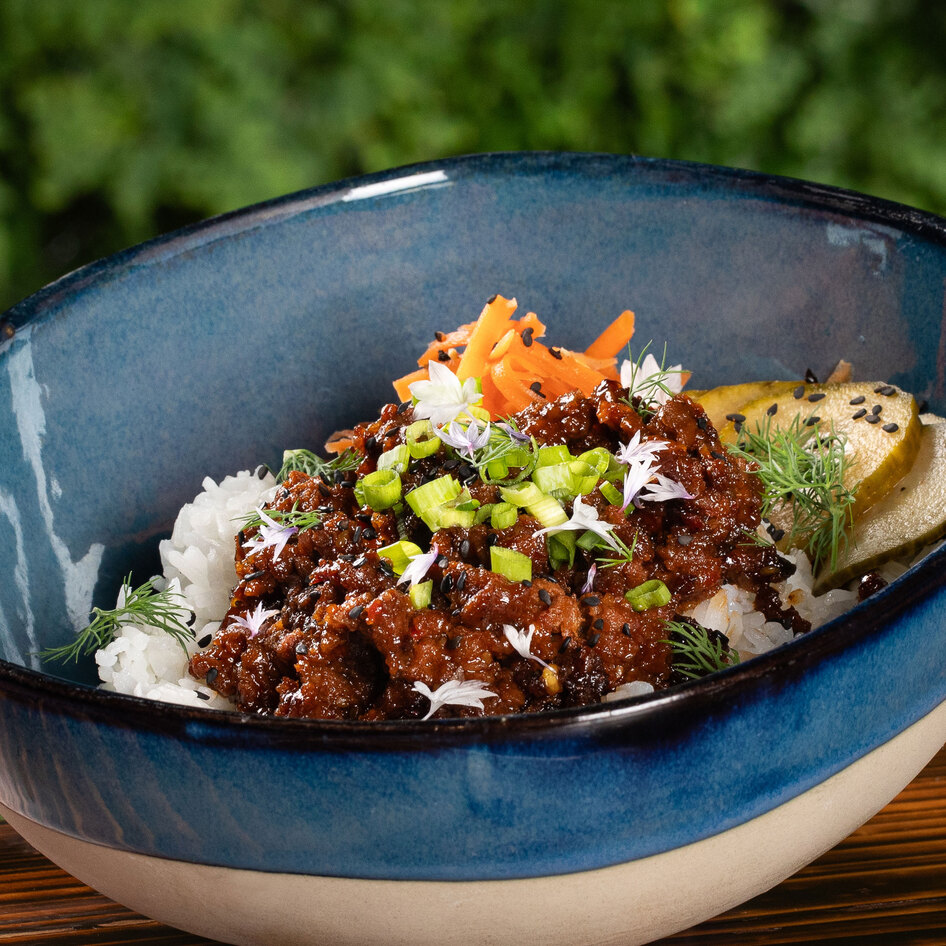More than one-third of food is wasted globally—that’s about 1.3 billion tons a year. One solution to making more use of the massive amount of food waste is to transform it into other desirable foods. Using an innovative process, engineers at the University of California, Davis (US Davis) are growing mycelium—small balls of edible fungi that feed off food waste and can be processed into products like lab-grown caviar.
The technique has the potential to provide a sustainable and protein-rich food source, derived from agricultural byproducts such as coffee grounds and almond hulls.
While mushrooms have long been consumed as a dietary staple worldwide, the team believes that mycelium has untapped potential for replacing foods typically derived from animals. These fungal creations are not only rich in protein but can also be cultivated in a significantly smaller space compared to traditional animal agriculture.
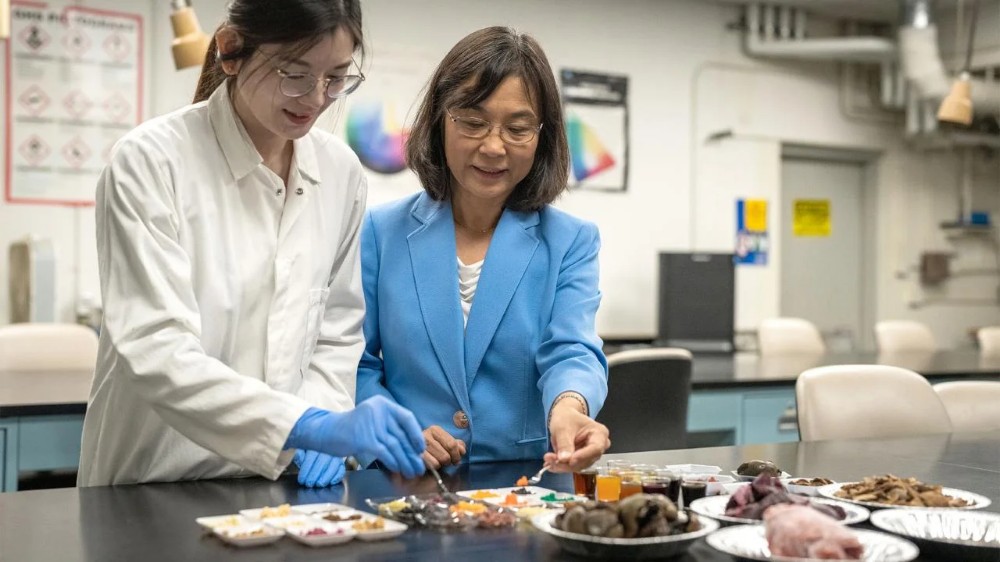 Jael Mackendorf/UC Davis
Jael Mackendorf/UC Davis
Project lead Professor Ruihong Zhang from the UC Davis Department of Biological and Agricultural Engineering believes in the future significance of mycelium, particularly in developing countries striving to meet the food demands of growing populations.
“We’re very efficient in terms of energy and water, and we’re not influenced by climate to set up fermenters, so it could be set up to produce anywhere in the world,” Zhang said in a statement.
To create mycelium, the team first creates an extract by vigorously shaking agricultural byproducts with water, dissolving all the nutrients and sugars. The extract is then combined with A. awamori spores in a warm bioreactor, where the spores grow to form spherical mycelium balls. The fungus absorbs the leftover nutrients from agricultural byproducts, incorporating their color, flavor, and nutritional value as it grows.
Depending on the desired outcome, the mycelium balls can be consumed as is or coated with gelatin, agar, or alginate to achieve various textures and mouthfeels. They can also be freeze-dried for a soft and spongy texture, sweetened, or used as a scaffold for cultured meat products.
Through extensive refinement over the past two years, the team has successfully created mycelium that closely resembles commercially-available boba made from tapioca starch and caviar.
Creating sustainable, cultured caviar
In collaboration with the Davis-based startup Optimized Foods, the team aims to bring their mycelium “MycoCarrier” to global shelves, beginning with cultured caviar. Using the fungi’s form, function and structure, the team says they can affordably and sustainably grow sturgeon stem cells and create a sustainable version of the world’s most expensive food.
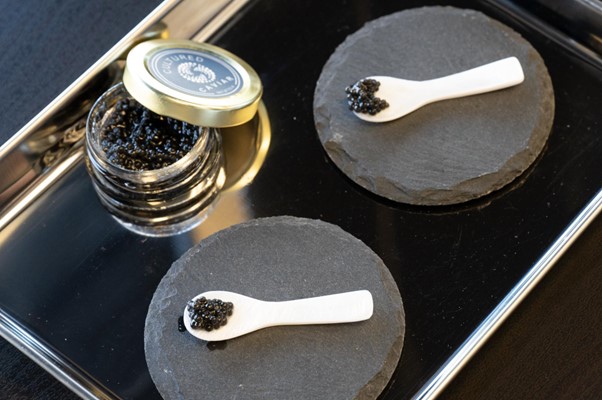 Optimized Foods
Optimized Foods
According to Optimized Foods, wild sturgeon must live 10 to 15 years before they are mature enough for their eggs to be harvested for caviar. The high demand for this delicacy has resulted in the overfishing of sturgeon, leading to 26 surgeon species becoming endangered.
As a solution, sturgeons are now being farmed through aquaculture, which involves more than a decade of labor, feed, and water resources, culminating in the killing of the fish and the harvesting of their eggs.
Optimized Foods’ Cultured Caviar, on the other hand, can deliver premium caviar in a more sustainable way and without the need to slaughter fish. “With Cultured Caviar, we are re-imagining this delicacy and how it is produced,” the company explains on its website.
“We can deliver premium caviar in just one month, with a fraction of the resources, in a more sustainable way and without the fish.”
The company is currently in discussion with the US Food and Drug Administration about the regulatory approval for its cultured caviar.
To make it, the team starts with a small amount of cells from a living surgeon to establish a cell line called immortalization, which enables long-term use of the cell line, reducing the need for future animal cell sampling. The cell line is placed in a cultivator where they attach to the MycoCarrier scaffold. The cultivator maintains the right temperature and oxygen levels and provides the cells with the nourishment they need to grow and mature.
The MycoCarrier also provides the structure for the cells to grow and helps provide the right texture and mouthfeel of traditional caviar.
Once the cells have matured on the scaffold, they are ready to be harvested. Similar to traditional caviar, it is salted with the company’s own special salt to enhance its flavor.
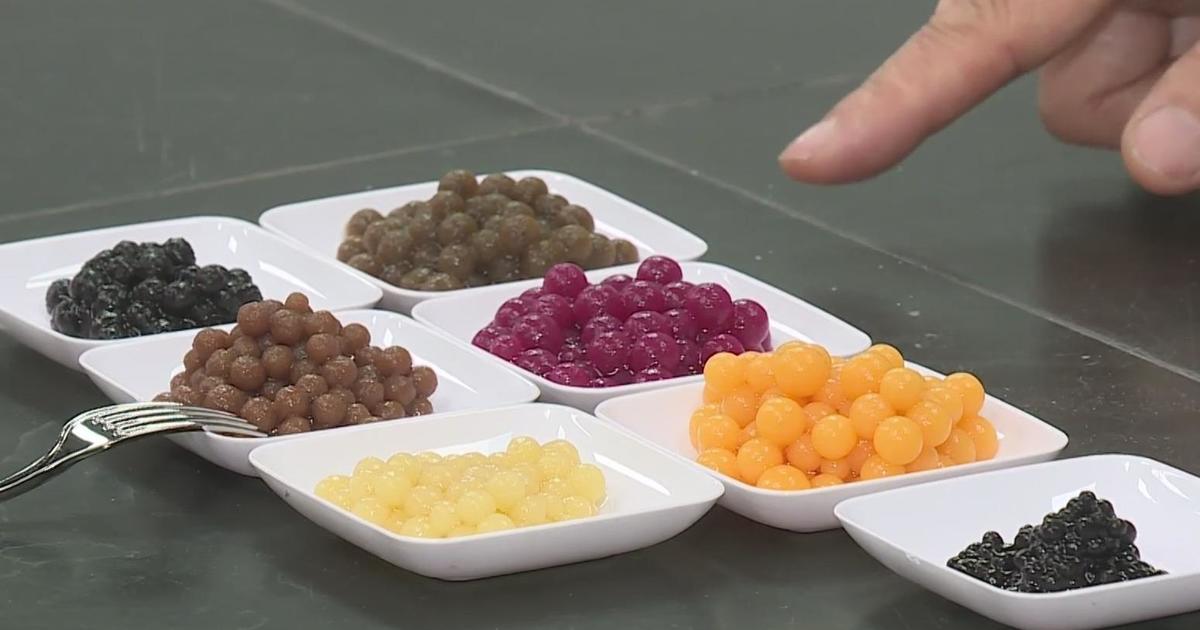 CBC News/UC Davis
CBC News/UC Davis
“When Cultured Caviar touches your tongue, you will notice the remarkably smooth dissolve, the buttery notes, and the nutty undertones,” Optimized Foods says. “You may taste and smell hints of seaweed, light saltiness, and a clean fresh finish.”
By starting with high-quality caviar, Optimized Foods believes it can demonstrate the potential of the MycoCarrier to create nutritious foods that meet the needs and expectations of consumers, while also contributing to a more sustainable food system.
“Our goal is to not only revolutionize the food industry, but also set a new standard for responsible and ethical food production,” the company says.
For the latest vegan news, read:
JUMP TO ... Latest News | Recipes | Guides | Health | Shop

